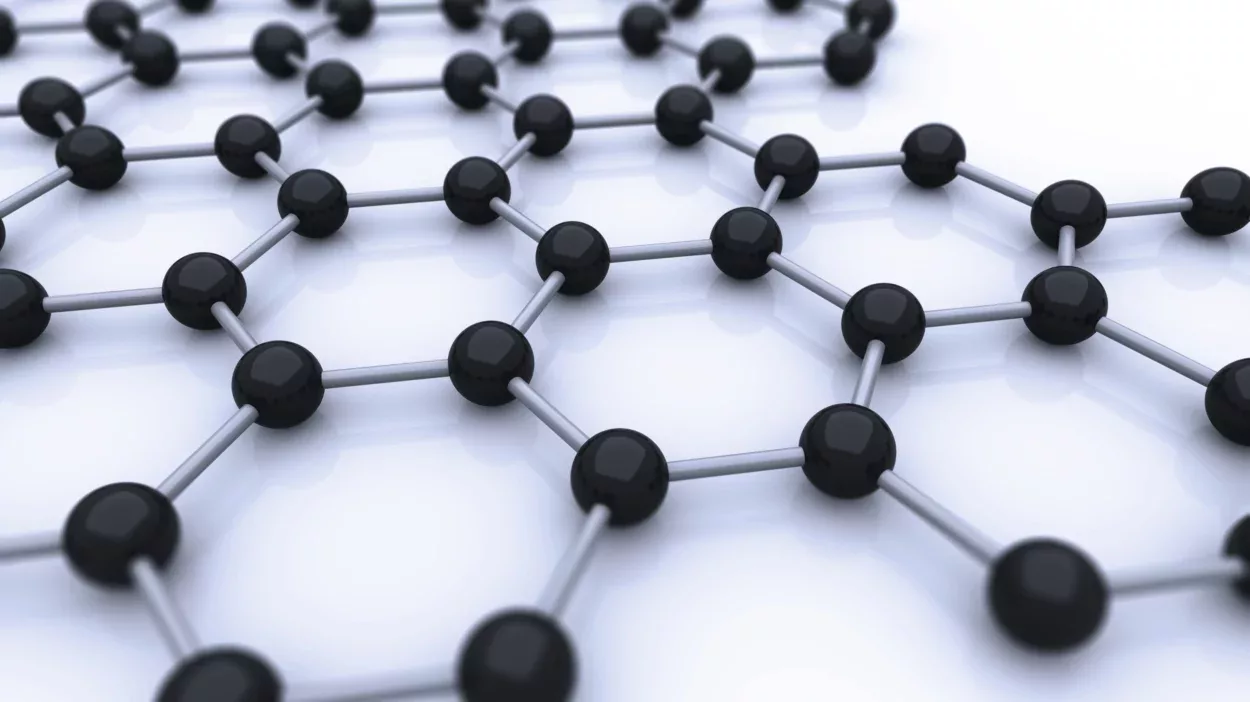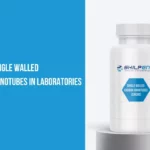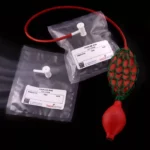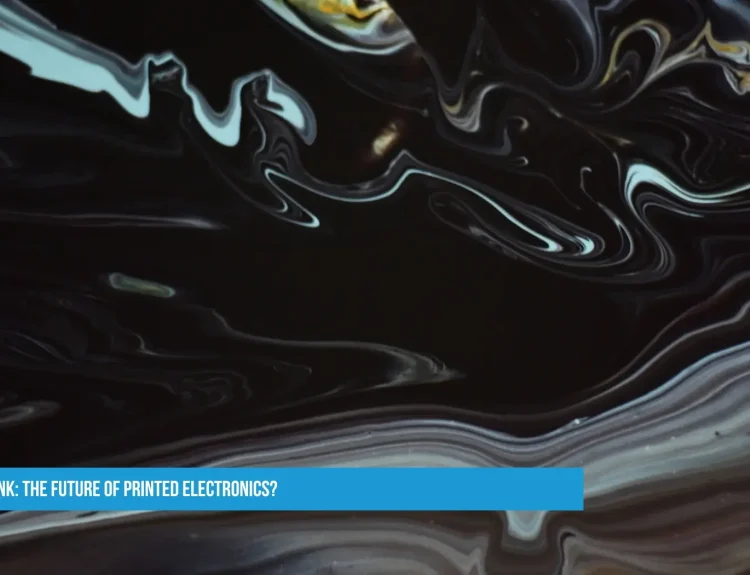Reduced Graphene Oxide (rGO) is a versatile material with various properties, like high electrical conductivity, flexibility, and strength. It is used in many fields, such as energy storage, electronics, and medical applications. While scientists and engineers have successfully created rGO in labs, scaling up its production for industrial use presents several challenges. Let’s explore these challenges in simple terms.
Quality Control
Maintaining consistent quality becomes difficult when producing rGO in large quantities. Scientists can closely monitor the material’s structure and properties in a lab setting. However, in mass production, small changes in the process can lead to variations in quality. For example, the number of oxygen groups removed during reduction affects how conductive the final product will be. Ensuring that each batch of rGO has the same high quality is challenging but essential for industrial applications.
Best Quality Reduced Graphene Oxide Manufacturers
Checkout the list of Reduced Graphene Oxide manufacturer and suppliers around the world.
Cost of Production
Producing rGO at a large scale is expensive. The reduction process involves removing oxygen from graphene oxide to make rGO and requires specialized equipment and chemicals. Some methods, like chemical reduction, may use toxic and costly reducing agents such as hydrazine. Other techniques, such as thermal reduction, need high temperatures and energy, increasing production costs. Finding cost-effective and environmentally friendly methods for producing rGO in bulk is still a work.
Environmental Impact
The production of rGO can have adverse environmental effects, especially when chemical reduction methods are used. Few chemicals can be dangerous to the health of humans and the environment. As industries aim to scale production, the environmental impact must be considered. Researchers are working on greener alternatives, but balancing efficiency with sustainability remains challenging.
Safety Concerns
Some of the chemicals used in making rGO, such as hydrazine, are highly toxic and can be dangerous to handle. In a laboratory, safety measures can be more easily implemented, but in an industrial setting, managing the safety of workers and preventing exposure to harmful substances becomes more complex. Safety protocols and handling procedures are developed for large-scale production.
Scalability of Methods
Many methods used in the lab to produce rGO, such as chemical or thermal reduction, are challenging to scale up. Processes that work well for small amounts may need to be more efficient and practical for large-scale production. For example, producing rGO in a chemical bath in a lab is easy to control. However, doing this on a large industrial scale may require more complex equipment, which could be expensive and time-consuming.
Purity and Defects
The reduction process only sometimes perfectly removes all oxygen groups, which can lead to defects in the material. These defects can lower the performance of rGO, mainly when used in sensitive applications like electronics. A significant hurdle is ensuring a high purity level with fewer defects while scaling up production.
Integration into Products
Even after overcoming production challenges, integrating rGO into final products presents another set of issues. Companies must develop techniques for combining rGO with other materials while maintaining its beneficial properties. This is particularly tricky for products like batteries or flexible electronics, where the material needs to perform consistently over time.
Conclusion
While the potential of reduced graphene oxide is immense, scaling up its production from lab to industrial use is challenging. Quality control, cost, environmental concerns, safety, and scalability are vital challenges researchers and industries face. However, with ongoing advancements in technology and research, these challenges may be addressed shortly, allowing rGO to become more widely available for commercial applications.
In summary, reduced graphene oxide has great promise. Still, we need to solve some big problems before it can be produced in large quantities cost-effectively and environmentally friendly.







